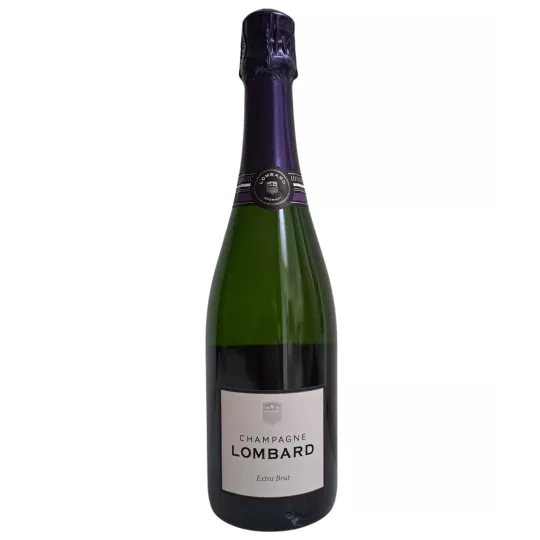Champagne Valentin Leflaive embodies the alliance between Burgundian heritage and Champagne excellence. Thanks to a...

Before starting on the food-wine pairings with regard to champagne, it is important to emphasize that the choice of pairings is above all a question of personal taste. There are no hard and fast rules when it comes to wine pairings, and it's important to remember that everyone has different taste preferences. The suggestions we give you in this article are based on common and recognized experiences, but it is important to consider them as starting points for exploring new combinations and finding what suits your palate best. The ultimate goal is to enjoy the tasting experience and have fun discovering new combinations of flavors.
Champagne is a world famous wine, associated with celebration, celebration and luxury. It is also popular to accompany meals, but it is important to know how to choose the right champagne to obtain the optimal tasting experience. Indeed, matching the champagne with the dishes makes it possible to highlight the aromas and flavors of each of the elements, for a unique taste experience. In this article, we'll give you the basic rules and tips for pairing champagne with food, so you can enjoy your next fine dining night to the fullest.
There are different types of champagne, each of which has special taste characteristics. Thus, to match champagne with food, it is important to take into account the characteristics of each type of champagne. Here are some basic rules to help you:
Brut champagne is the driest of champagnes, so it is ideal to accompany savory dishes, such as charcuterie, strong cheeses or shellfish.
Dry champagne is less dry than brut, so it is perfect to accompany dishes based on seafood, such as oysters, shellfish or grilled fish.
Demi-sec champagne is sweeter, so it is ideal to accompany sweet dishes, such as red fruit desserts or pastries.
Rosé champagne is fruitier and spicier, so it is perfect to accompany spicy dishes, such as curry dishes or red meat dishes.
To match champagne with specific dishes, here are some tips that will help you:
To accompany dishes based on fish, it is preferable to choose a brut or dry champagne. The aromas of fish and seafood blend perfectly with the aromas of yeast and dried fruit in the champagne.
To accompany meat dishes, it is best to choose a rosé or demi-sec champagne. The aromas of meat and red fruits blend perfectly with the cherry and strawberry aromas of rosé champagne, while the aromas of meat and fruit
Strong cheeses and dry or brut champagnes are a perfect marriage. The aromas of yeast and dried fruits of champagne counterbalance the power of strong cheeses, such as Roquefort, blue cheese or goat cheese. It is also possible to pair soft champagnes with soft and creamy cheeses, such as Brie or Camembert. It is important to note that it is best to avoid champagnes that are too sweet with cheeses, as this can cause an imbalance in flavors.
Champagne is also an excellent choice to accompany desserts. Dry or brut champagnes go perfectly with red fruit desserts, such as strawberries or raspberries, because they counterbalance the sweetness of the fruit with its acidity. Sweet or semi-dry champagnes are also a good choice to accompany chocolate or dried fruit desserts, as they bring a touch of sweetness to counterbalance the intense flavors of the ingredients. It is important to note that for very sweet desserts, it is better to choose a champagne with high acidity to balance the flavors.
In order to fully enjoy the champagne tasting experience, it is important to pair the wine well with the food.
By putting these tips into practice, you can enjoy an optimal champagne tasting experience. We invite you to organize a tasting to treat yourself and to discover new combinations of flavors. Do not hesitate to share your discoveries with your friends and family to make them discover new taste experiences.